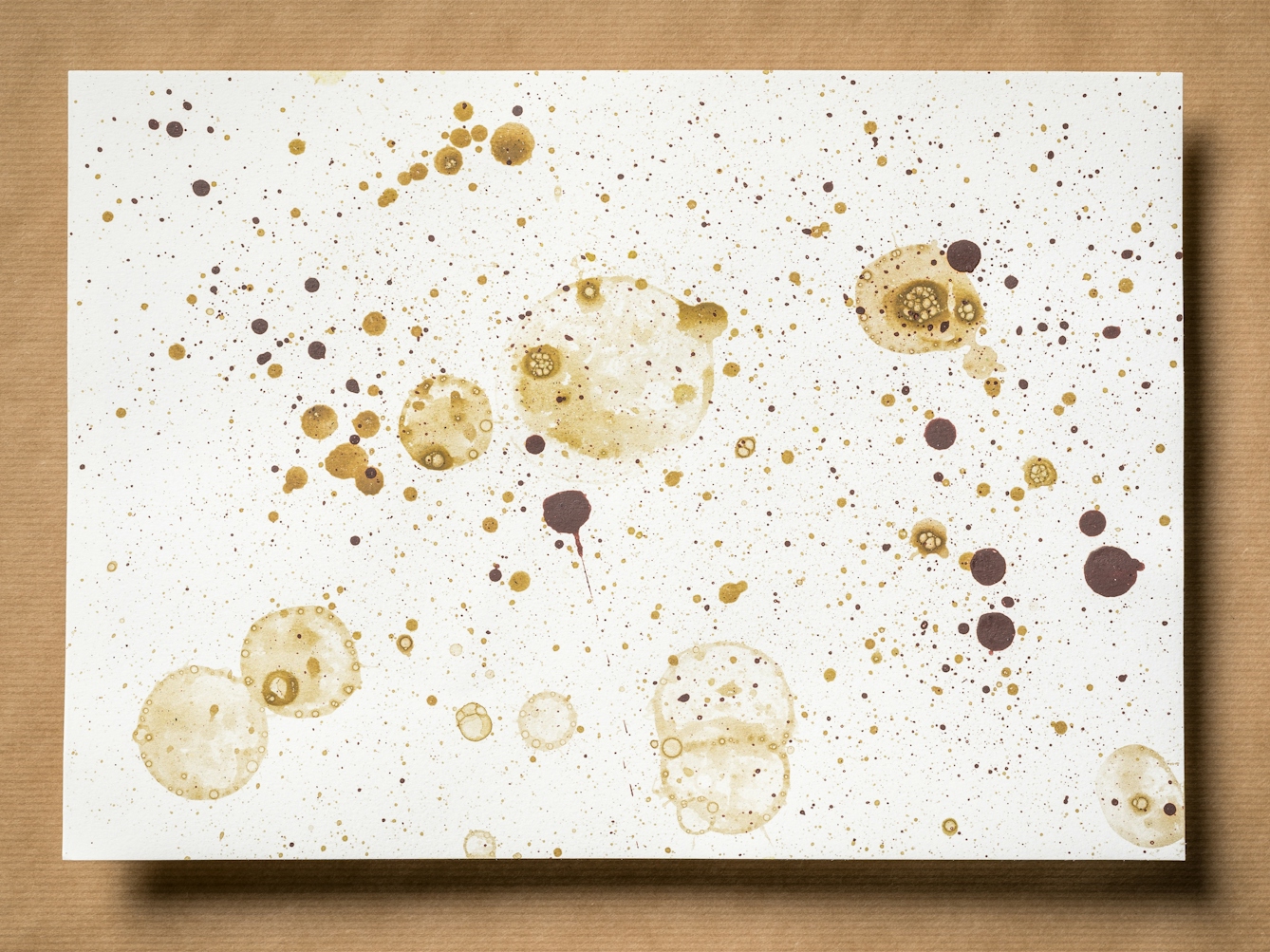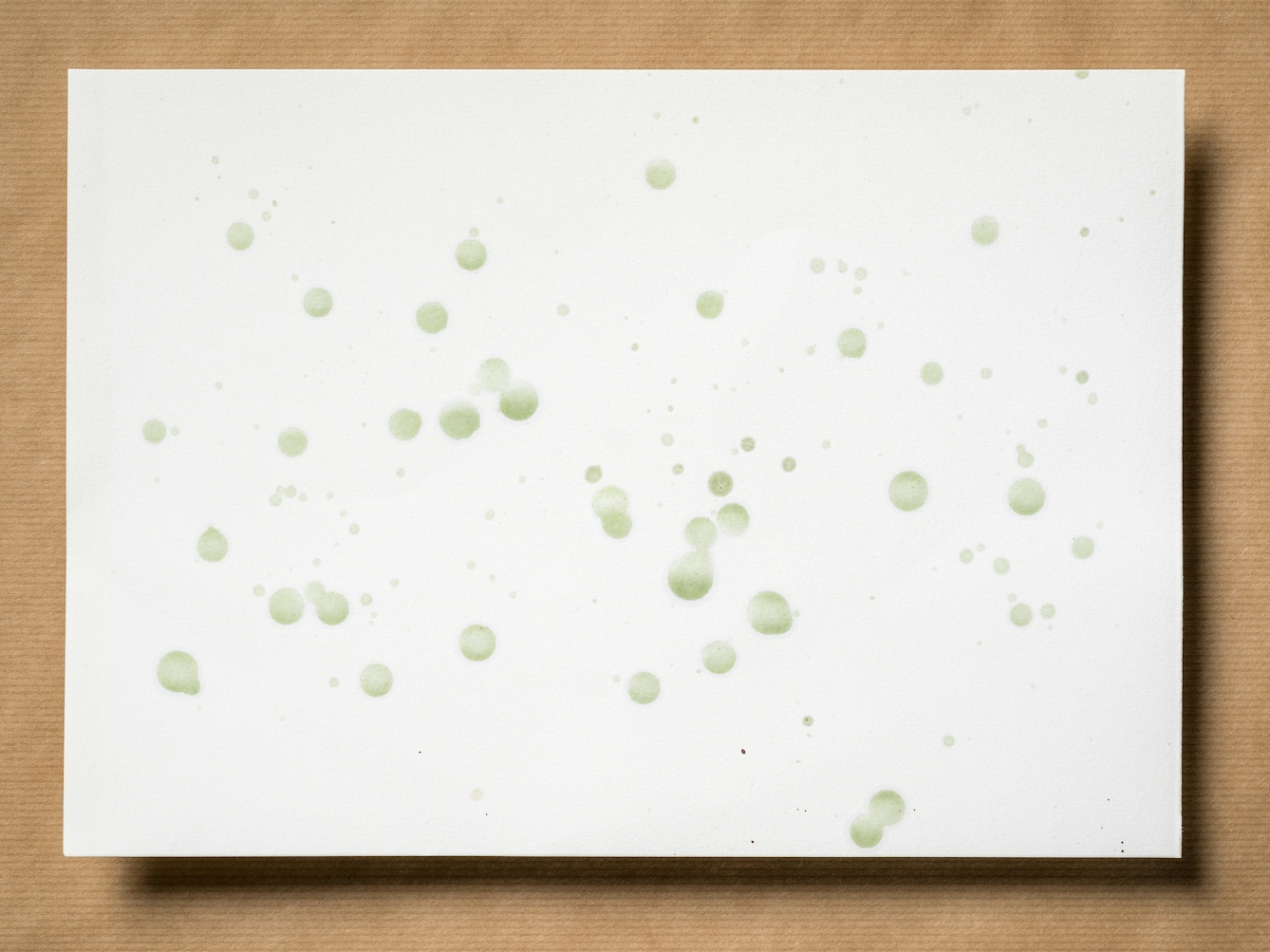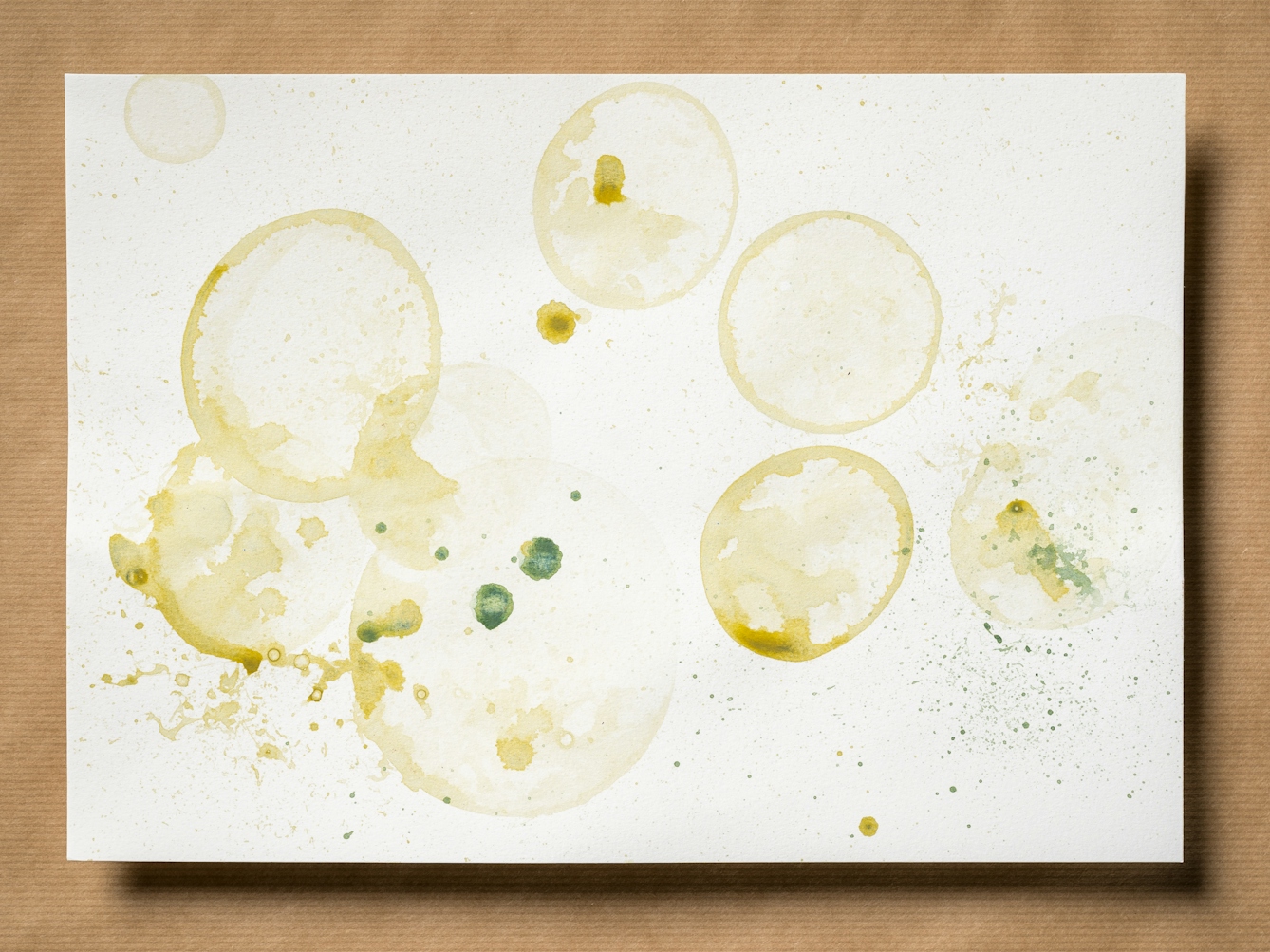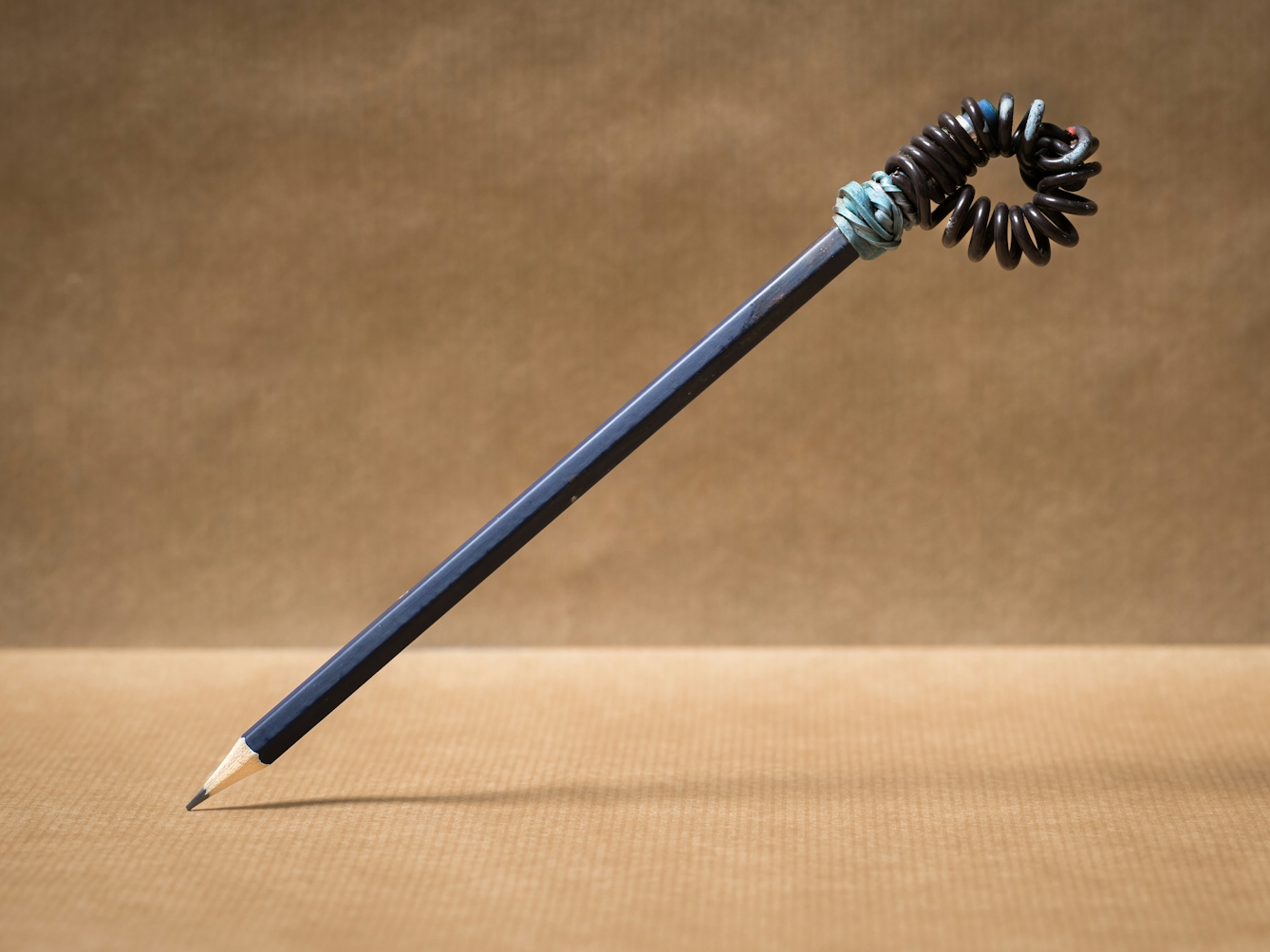As a child, Swati Joshi suffered from chronic bronchitis and breathlessness. She couldn’t imagine ever being able to breathe easily. When she finally found a treatment that worked for her, she began creating colourful artworks using bubbles and her breath. Here she describes her journey from patient to artist, and the creative ways she’s found to document the dialogue between her breath, cough and phlegm.
Breathing isn’t considered an art. But it is! At least for someone like me, who suffered from chronic bronchitis for 17 years. As a child, I was ashamed of breathing in public places because it was always so noisy. I would hold my breath because I did not want others to know about my nasty cough and clogged nose.
Touching cold surfaces was one of the only things that was soothing, although cold was a contradiction. Ice cream caused me to cough but ice was calming; cold drinks would increase inflammatory phlegm in my throat but a cool breeze brushing against my sweaty cheeks was relaxing. My breaths would become more rhythmical once I could curl on cold bedsheets, in a position that made breathing easier.
Breathlessness played peekaboo with me until I was 19, although I could never hide it from my mom. I was ashamed to ask for help and guilty about being dependent on my parents for the smallest things. But Mom could somehow see me hiding my suffering. Every morning, she would wake me up and undress me for the morning ritual. She would count my ribs to see how many more were visible. After bathing and dressing me again, she would pray for the day when she would see more flesh and fewer ribs.

Respiriograph 02.
I distinctly remember the beautiful patterns my sticky green phlegm made on the pristine white ceramic sink at home. This thick phlegm caused itching and inflammation, as well as loss of taste and appetite. Bronchitis etched itself onto various parts of me. The wheezing sound made by my nose, the croaky sentences forced out of my painful throat, my watery red eyes: all spoke for bronchitis.
At school, while learning to draw the respiratory system, I spent time perfecting the bronchioles – the little muscular air sacs. Since the bronchioles in my body seemed imperfect, I wanted to sketch them perfectly. I always wondered how these little air sacs managed to collect the oxygen from the breaths inhaled. Textbooks made the mechanism of breathing appear easy and comfortable, but I was far away from textbook breathing.
Recovery and a new life
In my first year of university, I had to run 500 metres as a part of physical education test. I was breathless and was the last one to reach the finishing line. That evening I realised I needed a second opinion for treating bronchitis.

Respiriograph 03.
The decision to see a new doctor changed my life. He showed me exercises that transformed my breathing for ever. Initially, he would do these exercises with me at his clinic. He also taught me gargling techniques that helped me cough out inflammatory phlegm.
It’s been ten years since I recovered from bronchitis and breathlessness, and I still cannot believe it. As a helpless child and a hopeless teenager, I never imagined I would ever breathe freely at night. ‘Respiriography’ is my artistic tribute to learning the art of breathing. It’s the script of my breath. I coined the term to demonstrate that the breath, like hands, can be used to write.
‘Respiriography’ is my artistic tribute to learning the art of breathing.

Respiriograph 04.
It is funny how a disease has transformed a recovered patient into an artist. I create my art by breathing and coughing into a handmade bubble maker. Colourful drops collect on white paper and show the dialogue between the rhythmical breath and the loud, forceful cough. The colours I choose have been inspired by the colours of my phlegm.
The colourful script of breath highlights how, when I had bronchitis, I perceived the world around me through colours, since difficulty breathing caused me to lose my sense of smell. During phases of breathlessness, I would hinge my hope on colours.
The colours of the pills promised cure, the cool colours of the blanket provided comfort, the colour of the discarded phlegm assured one gob of suffering ejected from the body, and so forth. Colours were my companions that cared for me when all else failed.

Bubble maker.
‘Respiriography’ is a fluid, chromatic narrative of my breaths, and describes the journey of a child who never thought she would be cured of breathlessness. But that miraculous moment arrived at the age of 19!
All that was left was for me to check if I could breathe comfortably at low temperatures. So in 2018, I travelled from India to chase the Northern Lights in Tromsø, Norway. Fortunately, I discovered the beauty of the aurora borealis along with my strength to breathe without any difficulty, even when it was only 6° C.
My recovery has taught me to respect my breath. These intangible puffs of air have taught me to have faith in the invisible, in myself, and in the treatment.
About the author
Swati Joshi
Swati Joshi is pursuing her doctoral studies in medical humanities at the Indian Institute of Technology Gandhinagar (IITGN). Her research has been published in Synapsis: A Health Humanities Journal, Medical Humanities | BMJ, Victoriographies, and Sanglap. Prior to joining IITGN, she worked as a lecturer in English Language and Literature at St Xavier’s College (Autonomous) Ahmedabad, Gujarat, India.

